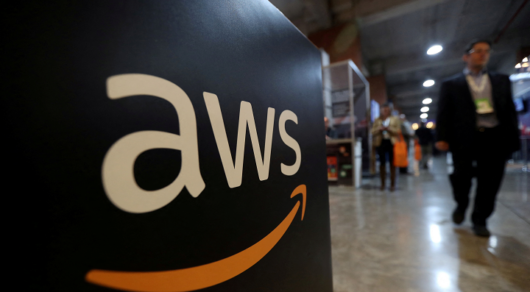The final day of Shoptalk, the annual retail conference running from March 17-20, in Las Vegas, Nevada, was short but certainly sweet.
During the action-packed last few hours of the conference, speakers from leading retail companies including Maesa, On, Papier, and Williams-Sonoma, discussed the growing potential of social commerce and how to effectively combine direct-to-consumer (DTC) and wholesale shopping channels.
During a panel dubbed, “Optimizing Between DTC and Wholesale Strategies”, Neil Saunders, managing director and retail analyst at GlobalData, discussed the delicate balancing act of combining native DTC businesses’ original way of operating with wholesale, and knowing how to properly tap into these different retail channels.
Saunders pointed out that while DTC in itself is highly appealing for retailers, given it typically involves higher margins with no “middle man”, there are some major downsides.
There are high costs associated with packaging and shipping items, costs of advertising and marketing have gone up in recent years, and consumers have less disposable income to spend on these brands.
Saunders reported that the loss of eight digitally native retailers in 2023 totaled up to a whopping $1.9 billion.
Data collected by GlobalData also confirmed there has been a linear increase in consumers stating they are receptive to brands having multiple channels of distribution. From 2020 to 2024, the numbers have shifted from 53.4 per cent of survey participants confirming this openness to 72.6 per cent.
While there is a growing potential for DTC brands to partner with large-scale wholesalers, Saunders issued a few warnings during his presentation for these digitally native brands to be selective about whom they partner.
Saunders provided the example of the once high-flying footwear brand Allbirds and pointed out how the brand focused too much on increasing the number of brick-and-mortar stores in its network, without properly creating a fully developed and interesting brand appeal or presentation.
During the panel, Saunders spoke with an executive from a digitally native brand who seems to have cracked this complex code, Papier’s founder and CEO Taymoor Atighetchi.
For Atighetchi, it was important to invest in wholesale partnerships, especially within the US, because of the strength of the stationery market, which analytics brand Research and Markets has predicted will reach $50.62 billion by 2028. However, to maintain Papier’s elevated but approachable image, he is extremely particular about the wholesalers he partners with.
“We try and make sure it’s a consistently brilliant experience,” explained Atighetchi.
Ultimately, when it comes to “the question of how to do DTC, there is no one answer,” Saunders concluded.
In addition to having multiple areas of distribution, Saunders suggested brands invest in multiple layers of brand discovery opportunities. Information collected by GlobalData confirmed that consumers discover new brands in the following ways; social media (72.2 per cent), Amazon (65.8 per cent), online search (62.4 per cent), online stores (55.2 per cent), physical stores (39.6 per cent), traditional advertising (28.3 per cent), and recommendations (18.1 per cent).
The growing power of social commerce
Speaking of how consumers discover new products, that was the key point of the “Succeeding with Social Commerce and Creators” panel hosted by Kendra Bracken-Ferguson, the founder and CEO of BrainTrust, a membership-based community platform that incubates promising beauty and wellness brands.
On the panel were leading retail executives Nicole Wegman, founder and CEO of Ring Concierge, Oshiya Savur, the chief brand officer of Maesa, and Bridget Dolan, the managing director of YouTube shopping.
Even though these executives work in different retail fields, they all emphasized the importance of investing in social commerce.
As Bracken-Ferguson explained, social commerce “refers to the use of social media platforms for buying and selling products or services”.
She elaborated that “it involves leveraging social media networks to facilitate online transactions, often integrating shopping features directly into the platforms”.
An example is TikTok Shop, which allows users to shop for retailers’ products in-app, so consumers don’t have to switch to a brand’s website or alternative wholesale channel, and streamlines the discovery to purchase cycle.
Savur explained that social commerce increases the probability of a brand being seen by potential customers, and encourages consumers to shop at times they weren’t necessarily planning to.
“Social commerce brings back that [potential for] discovery and impulse-based shopping,” she noted.
The Maesa executive also pointed out, that “if your product is good, then people will want to talk about it,” and said that word-of-mouth recommendations facilitated on social media are incredibly helpful to a brand’s success.
However, one of the potential downsides for retailers, particularly those without wholesale retail channels, is that in-app purchases prevent brands from gathering customer data as they would if consumers were purchasing directly on their site.
As this year’s Shoptalk conference came to a close, retail executives from around the world were left buzzing about the future of generative AI, social commerce, investing in influencer/celebrity partnerships, and the route to building a fully streamlined, omnichannel shopping experience.
It will be interesting to note how these leaders have incorporated these lessons into their business practices when the industry reconvenes this time next year.






